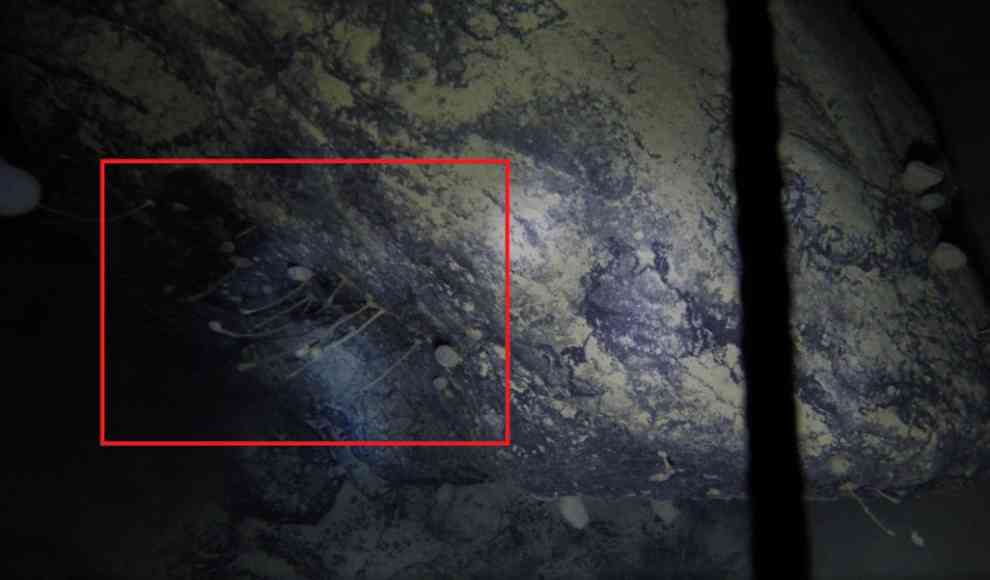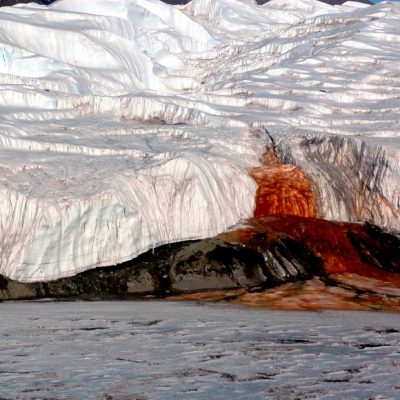In a surprising discovery, scientists from the British Antarctic Survey stumbled upon an unknown form of life during sediment sampling in the Antarctic. The team was exploring the Filchner-Ronne Ice Shelf, the second-largest permanent ice sheet in the region, when they noticed round heads connected to thin stems on their camera feed. The discovery of life in such harsh conditions has left the scientific community stunned. The ice shelf is located 260 kilometers away from the open sea, with a temperature of minus 2.2 degrees Celsius and permanent darkness, making it an unlikely place for life to thrive.
The Filchner-Ronne Ice Shelf is formed when large ice masses move from the continent to the sea, carrying rocks that can be pushed under the ice sheet. The scientists believe that the rocks seen on the video feed were pushed 900 meters under the top layer of ice. With 500 meters between the rock and the bottom layer of ice, the team has been unable to identify the life form as they have not been able to take samples for analysis. However, based on the video footage, the scientists believe that the life form is likely to be sponges. There are no plants nearby to form the basis of the food chain, and hydrothermal vents, where life often thrives, are also absent. The nearest body of water where photosynthesis is possible is located 260 kilometers away. The scientists speculate that the life form filters dead plankton from the water that has been drifting for hundreds of kilometers through the sea.
This discovery has challenged the previously held belief that life cannot exist in such extreme conditions. The scientists are now planning to conduct further research to identify and understand this unknown life form. The discovery of life in such an unexpected place has opened up new avenues for exploration and understanding of the diversity of life on our planet.
Huw Griffiths










